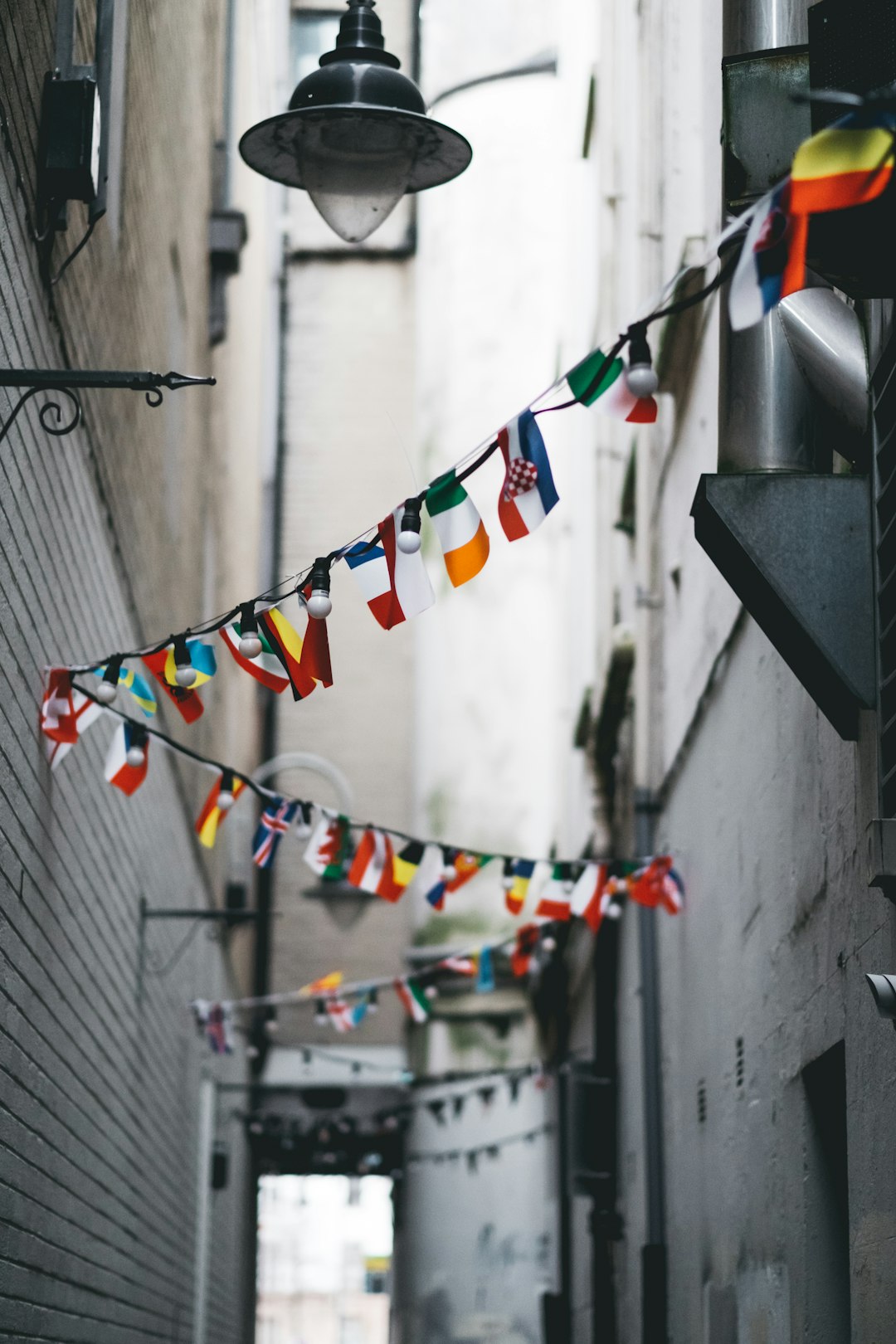
Health and Safety Travel Tips: Your Comprehensive Guide to Secure Journeys
# Introduction. Traveling can be one of life’s most exhilarating experiences. However, it’s pivotal to ensure your health and safety while on the road or in the air. This post aims to equip you with essential health and safety travel tips so that your travels not only become memorable but also secure and safe. By prioritizing your well-being, you can embrace dazzling landscapes, vibrant cultures, and delicious cuisines with peace of mind. # Pre-Travel Preparations. Preparing for a trip involves more than just packing your bags. Ensuring your well-being should be a priority. Start by visiting a healthcare provider a few weeks before embarking on your journey. Verify that all vaccinations are up-to-date, especially when traveling to different countries. This is particularly crucial for tropical and subtropical regions where diseases like yellow fever, malaria, and typhoid are prevalent. Additionally, create a travel health kit containing basic medical supplies — think over-the-counter medications for pain relief, digestive issues, and allergies. Don’t forget to pack any personal prescriptions as well! Research any medical facilities at your destination, noting nearby hospitals or clinics. Understanding local healthcare access is vital, especially in remote areas. # Stay Hydrated and Healthy Food Choices. Once your trip begins, maintaining hydration and making prudent food choices play a significant role in both your enjoyment and safety. Waterborne illnesses are common, so always drink bottled or purified water, especially in countries where tap water is not safe. It’s a good idea to carry a reusable water bottle with a filtration system. When it comes to food, indulge in local cuisines but be cautious. Street food can be tempting but consider how fresh the ingredients are and whether the food is prepared in sanitary conditions. Opt for well-cooked meals and avoid any raw dishes, especially seafood. Observing local food choices and understanding cultural eating practices can also enhance your experience while keeping you healthy. # General Safety Practices. Ensure you have a safety plan in place during travel. Research and understand the country's or region’s safety guidelines, especially in areas known for petty crime or unrest. Secure your belongings and never leave valuables unattended. When possible, utilize a money belt or a hidden pouch for cash and identification. An often-overlooked aspect of safety is being aware of your surroundings. Trust your instincts; if something doesn’t feel safe, it probably isn’t. Inform family or friends of your itinerary and maintain regular check-ins. Consider carrying an emergency whistle or a personal safety alarm to enhance your perception of security during your trip. # Emergency Contacts and Insurance. Prior to traveling, compile a list of emergency contacts, including local authorities, your country’s embassy, and healthcare facilities. Keep a physical copy as well as a digital copy on your phone or in your email. This ensures you are not fumbling for critical information in case of an emergency. Lastly, securing travel insurance is indispensable. This safety net protects you from unforeseen events – from cancelled flights to medical emergencies. Read the policy thoroughly, ensuring it covers specific needs such as trip cancellations, injuries, and lost belongings. Travel insurance will provide you with peace of mind and a safety blanket throughout your adventures. # Conclusion. Traveling should be enjoyable and liberating, and maintaining good health and safety practices will help ensure just that. By preparing adequately, staying hydrated, making wise food choices, practicing safety habits, and setting up emergency contacts, you can explore the world without the shadow of worry. A little planning goes a long way; gear up, stay safe, and allow yourself to discover the wonders of the globe with confidence. .






